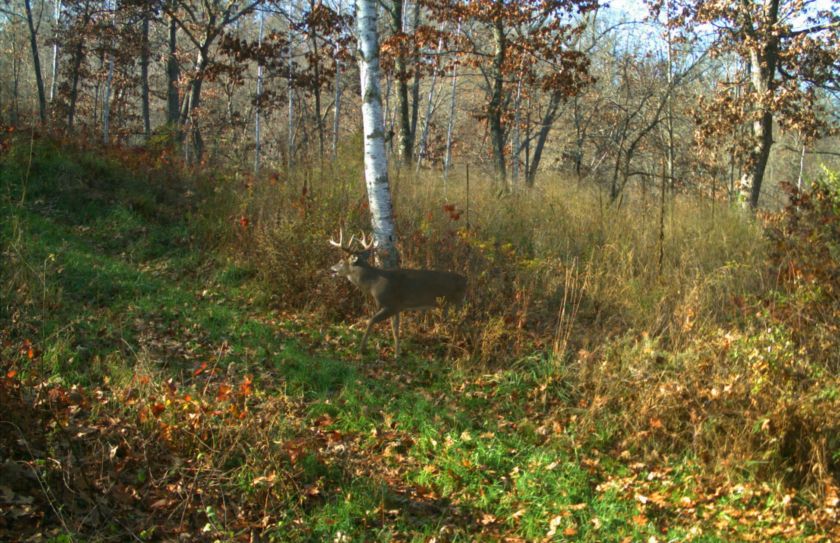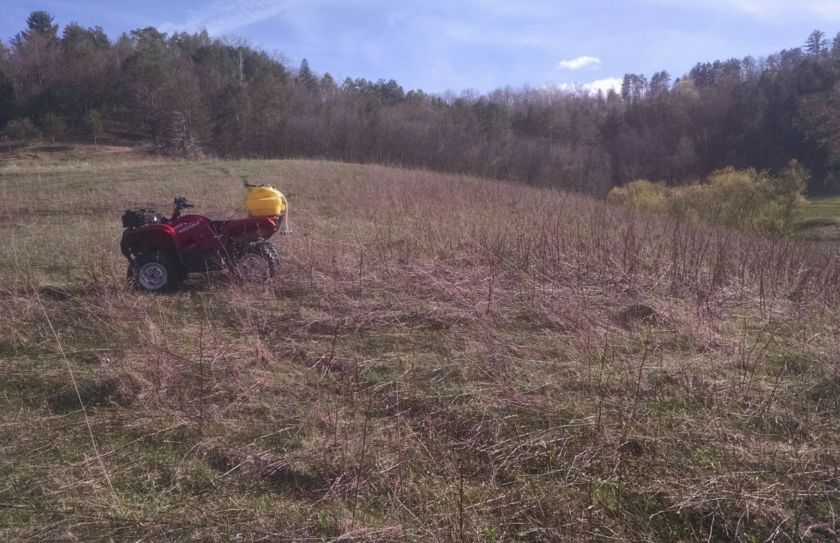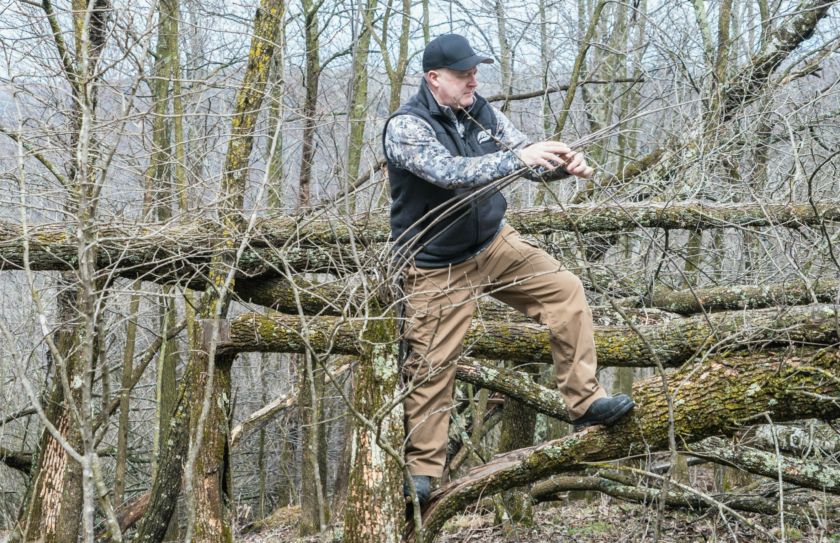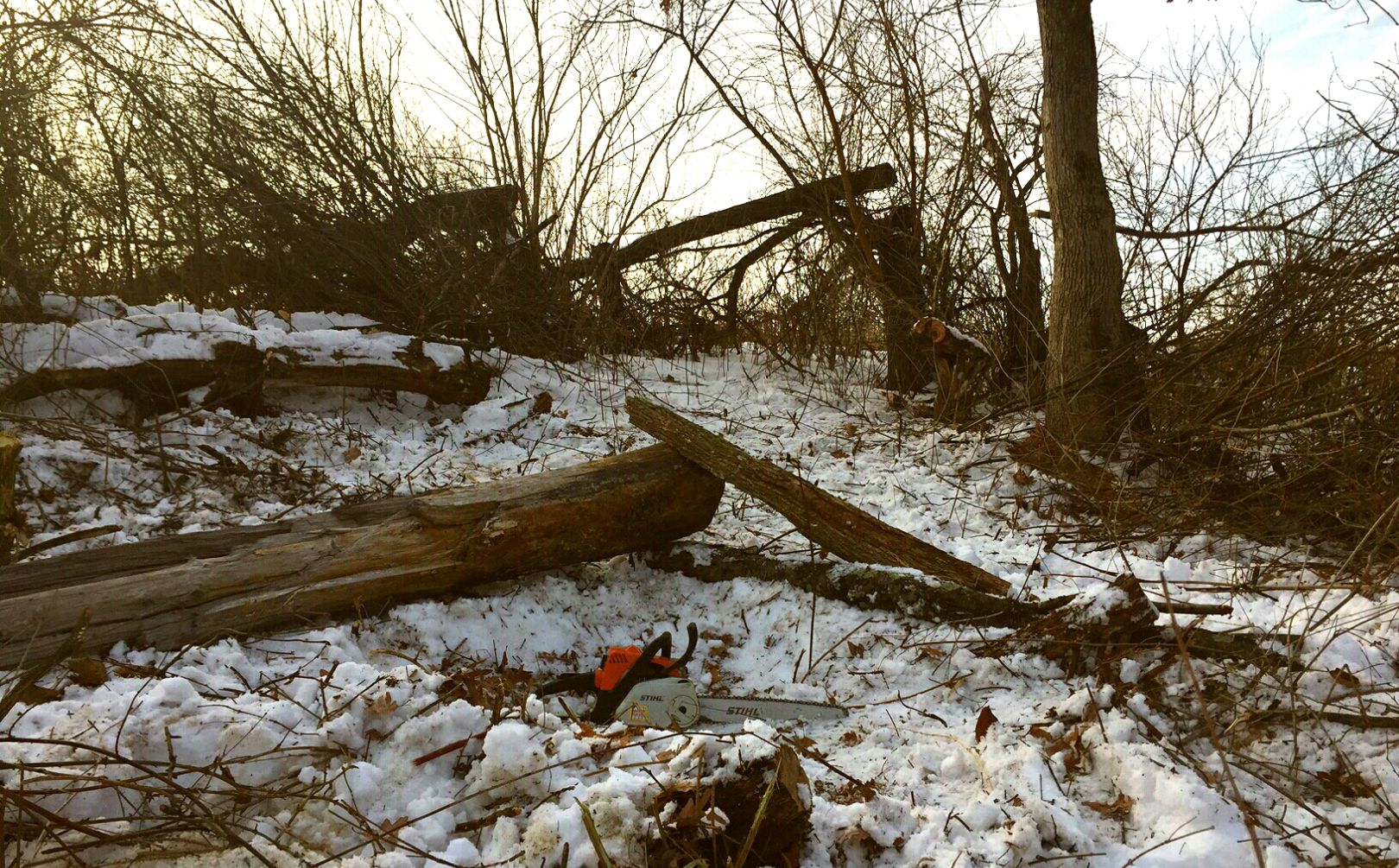
*Don't forget to check out my "Hinge Cut Bedding Guide".
Do you want to create a deer bed that will actually attract and hold deer during the daylight hours? Then it is very important that you pay the least amount of attention to creating the perfect deer bed, and the most amount of attention to creating an adequate deer bed, in the right location. While many landowners are creating deer bedding areas at a record pace across the country, how many of those bedding areas are in great locations? How many of your own bedding areas are in great locations? As in just about anything in the deer hunting, habitat and herd management world, there are 3 critically important words to live by: Location, Location, Location. OK, maybe that is only 1 word, but an argument can easily be made that the location of anything whitetail, is at least 3 times more important than any other word in the whitetail dictionary. The next location that you create a deer bed, is no exception.
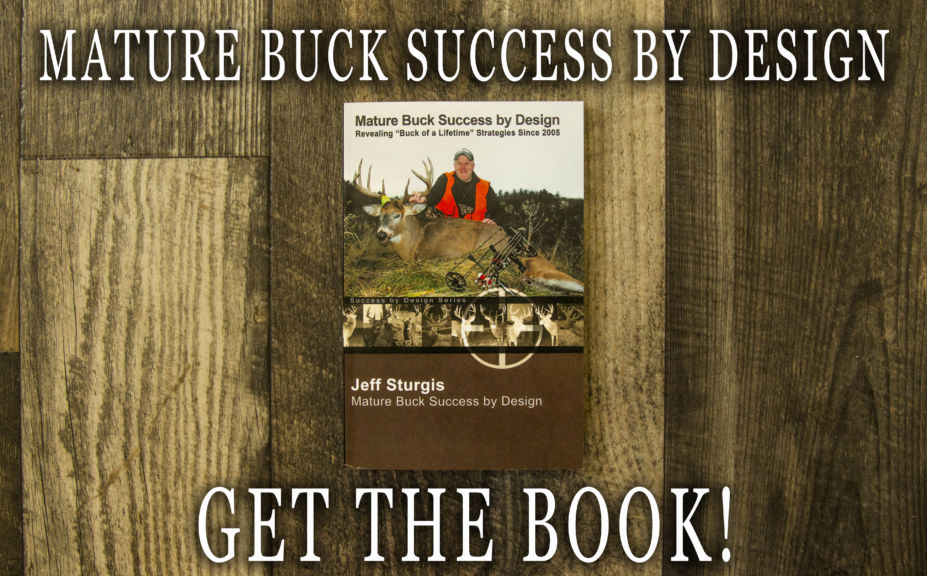
*Do you love all things whitetail? Then you will appreciate my recently completely trilogy of Advanced Whitetail Strategy books, which includes my latest book,"Mature Buck Success by Design", which details how to scout, prepare, forecast for and consistently kill mature bucks.
The Perfect Deer Bed Location?
Regardless of the ultimate quality of your future deer bed creation, there are 3 important location related ingredients that need to be followed, in order for you get the most out of all of your hard work. Your success hinges on your ability to hide deer, surround deer and feed deer during the hours of daylight, while they rest comfortably in their beds. Here is how it is done:
1. Hide Deer
-The most important ingredient for locating a deer bed that you are about to create, is to carefully consider how hidden that deer is going to be. While doe family groups can tolerate higher levels of deer social stress, as well as human related stressors, bucks typically become more reclusive with age. Try placing yourself within the actual deer bed. Can a deer see you, hear you or smell you on the way to or from your tree stand locations? Then you should probably avoid the location. If the location to create a deer bed is within close, visual proximity to potential doe bedding area, then you should make sure to move it or screen it, if your desire is to attract the reclusive desires of a mature buck. Deer love to pattern hunters (and frankly do a better job at it), so it is critical that the next deer bed that you create, does not offer an even greater advantage for them to do so.
2. Surround Deer
-Can you surround your next great deer bed creation by grass, weeds, hardwood regen, hills or downed timber? Then you may have found the perfect location. Deer need to feel secure in their new daytime hidey hole from both you and each other, so nothing spells security more than being surrounded by natural screening cover. However, make sure to consider the balance of size, when creating a deer bedding area. While whitetails in a Northern OH limited-cover ag region may need to be compartmentalized into tiny bedding pockets in order to feel secure, deer in large full-cover wilderness and big woods areas need space, and lots of it! Although deer need to feel surrounded by hiding cover in both areas, the diameter of surrounding cover tolerance, could vary from 5' in coverless ag regions, to 100' or more in high cover big woods settings. Also, until birds become large enough to prey on deer or drones rule the hunting woods, keep in mind that the need to surround deer, does not come in the form of canopy cover, but instead in by usingside cover.
3. Feed Deer
-Deer feed 5 times during a 24 hour period, and that includes twice during the hours of their daytime bedding area use. In general, if deer can't browse on anything of at least a moderate value, then they will not bed there unless forced to do so. When are deer forced into mono-culture bedding areas of grass or conifer? When there is no place else to hide due to hunting pressure levels. When you create your next deer bed, ask yourself, "Is this a great location for a light snack at least a couple of times a day?" If you can answer that question with a solid "YES", with the presence of briars, light mast, hardwood regen or preferred shrub varieties, then proceed. But if not, then make sure that you can create it, because without daytime forage, you will lack consistent daytime use, no matter how hidden or surrounded with cover deer can be. However, feeding deer in their bedding area is your only food related concern.
If a deer bed is created without relating to a strong, afternoon food source, then you can expect the use of that deer bed to range from random to not at all. The most consistent deer movement in the woods is when deer exit their daytime bedding areas and then head to their preferred evening food source. If you can accomplish the art of hiding deer within surrounding, daytime browsing opportunities, before sending them consistently off to their evening food source, then you have accomplished the #1 foundation of all high-level deer habitat management designs.
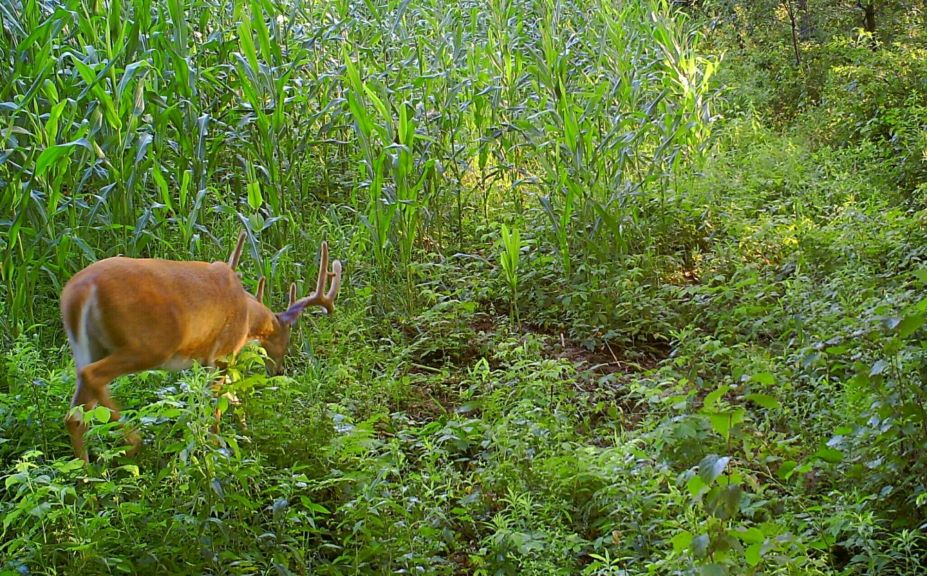
*Hunting season consistency is what it takes to build high level herd and hunting opportunities. Do your afternoon food sources have what it takes? To make sure, check out, "The Need For Hunting Season Food Plot Diversity".
In the video below, you'll see how we created a complex yet fool proof array of bedding areas, travel corridors and stand locations that work as a cohesive system for mature bucks.
Where To Create a Deer Bed?
As long as you can adequately hide deer, surround deer and feed deer in a potential location, then will have most likely found a great spot to create deer bedding opportunity. The perfect deer bed will only be found in the perfect location, and can still be perfect, even if not perfectly created.
